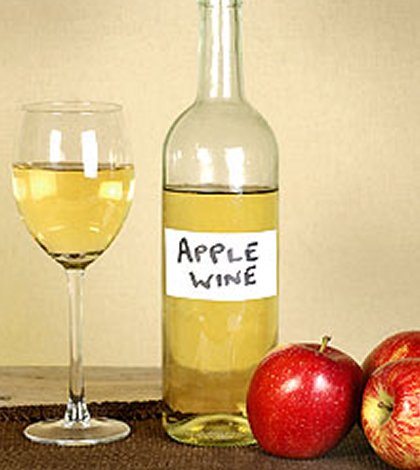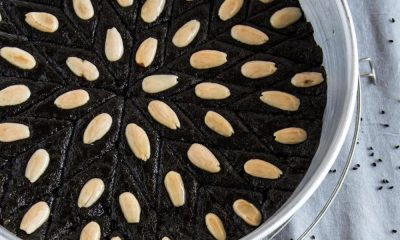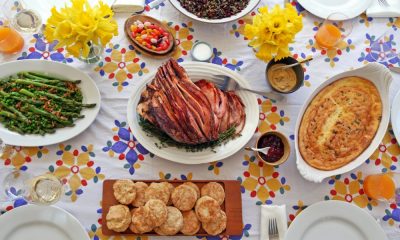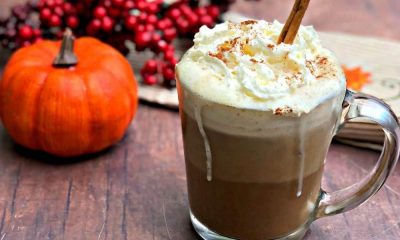Many different wines can be made from apples, either by themselves or in combination with other fruits. No one variety is known to be outstanding on its own but cooking varieties make better wine than dessert varieties.
Experience over many years has shown that a combination of cooking, dessert, crab apple, pears and quince make the most attractive wine of all. Apples respond well to most yeast’s but especially to champagne yeast.
Although perfect fruit is desirable for most wines, windfall apples make excellent wine. The apples do not need to be peeled or cored, but naturally any badly bruised parts that have turned brown should be cut away, with any parts infected by a maggot.
Apples are sometimes hard to crush but various answers have been found to this problem. Perhaps the easiest is to wash the apples in a sulphite solution of about 100 ppm, so removing dust, leaves and grass at the same time as killing off unwanted micro-organisms. Next, drain off the surplus water, pack the apples into polythene bags and place them in a freezer for 48 hours. When thawed they should be soft enough to crush with your hands.
If a freezer is not readily available, place the washed apples – a few at a time – in a polythene bag and hit them with a mallet, wooden rolling pin or steak hammer. When each bagful is crushed, drop the contents into water containing sulphite and citric acid to prevent oxidation.
A third method is to place the apples in a strong polythene or wooden bin and to ram them with a 10 cm. (4 in.) cube of wood on the end of a broom handle.
Another way is to liquidise them, and yet another is simply to cut each apple into about 16 pieces. Coarse mincing is not recommended unless it is known for certain that the metal, from which the mincer is made, does not react to acids.
Apples should always be fermented on the pulp. If you lack a big enough bin for this purpose, a heavy gauge, large polythene bag inside a cardboard container may be used very effectively. The neck can be gathered and fastened with a rubber band or a wire tie – not so tightly, of course, that the carbon dioxide cannot escape.
After pulp fermentation a press is needed to extract all the juice. Bale the pulp out of the bin into a freshly sterilised hessian, linen or nylon bag placed inside the press. At first the juice will run free, and then a little shaking-up of the bag will encourage even more to do so. When pressure is applied, do so intermittently rather than steadily; a better run is thereby obtained. When you are satisfied that no more juice can be extracted, the apple cake can be used to make a second-run wine.
Often elderberry, or blackberry, or damson, or plum, wine is being made at or about the same time. The addition of the applecake to the other fruit improves the body and flavour of that wine. Alternatively, the two pulp residues may be mixed together and added to a grape juice concentrate wine to improve its body and flavour. Spent apple and elderberry pulp mixed with a white grape juice concentrate can make an attractive rose.
It is always worth making the maximum amount possible of apple wine. It blends well with other wines, is useful for topping up jars that are not quite full – no matter what the wine they contain – and it makes an excellent base for liqueurs.
Gareth Meradith

 Entertainment52 years ago
Entertainment52 years ago
 Entertainment52 years ago
Entertainment52 years ago
 Entertainment52 years ago
Entertainment52 years ago
 Entertainment52 years ago
Entertainment52 years ago














